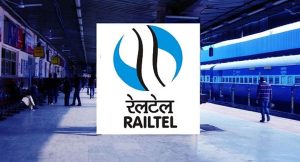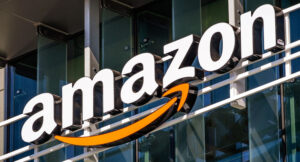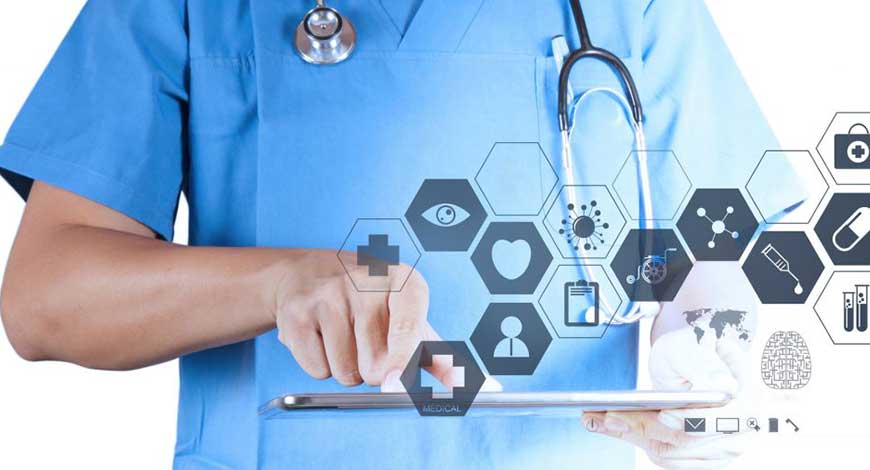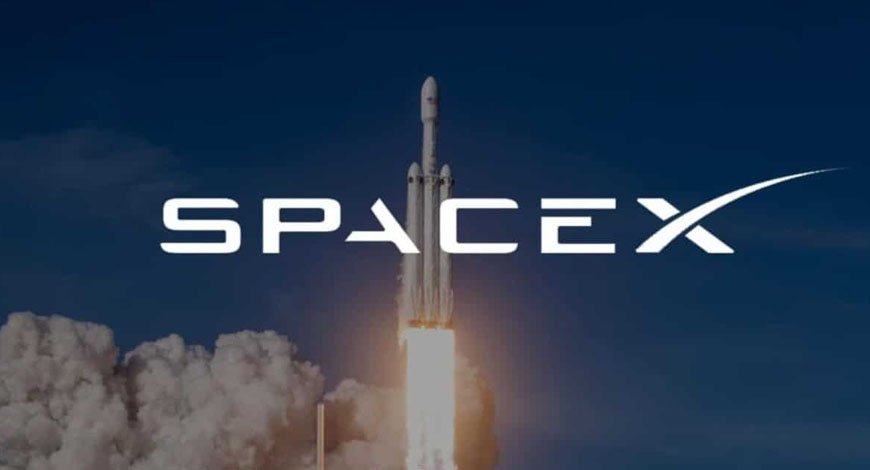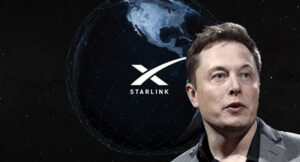As of 2024, the global healthcare simulation market is valued at approximately $2.5 billion. The industry is projected to double in size and reach nearly $5 billion by 2034, reflecting a robust Compound Annual Growth Rate (CAGR) of around 7.5% throughout the forecast period from 2025 to 2034. This expansion is being fueled by rising investments in medical education, growing awareness of patient safety, and rapid integration of simulation technologies within healthcare training curricula.
Simulation in healthcare is becoming increasingly essential as it allows students, clinicians, and professionals to practice in realistic, risk-free environments. With the ongoing shift towards competency-based education and experiential learning, simulation-based tools provide a safe and effective platform to develop clinical skills before real-world application.
Key market drivers
Several factors are propelling the growth of the healthcare simulation market. Firstly, there is a growing emphasis on clinical competency and patient safety, particularly as healthcare systems seek to minimize errors and improve outcomes. Simulation-based training provides learners with hands-on experiences in controlled environments, allowing them to practice decision-making, develop critical thinking skills, and refine their techniques without compromising patient welfare.
Technological advancements are also playing a significant role in market growth. The incorporation of artificial intelligence (AI) and virtual reality (VR) is revolutionizing simulation systems. These technologies enhance the realism of training scenarios and enable adaptive learning environments that adjust to the individual needs of the user. Moreover, innovations in data analytics are allowing educators to track performance and make informed improvements to the training process.
Additionally, regulatory frameworks and accreditation requirements are evolving to include simulation-based methodologies in healthcare education. Many countries have introduced mandatory training components using simulations, ensuring that healthcare graduates meet minimum skill and safety benchmarks before they enter clinical settings.
Market restraints and challenges
Despite its growth potential, the healthcare simulation market faces several limitations. High development and implementation costs remain a primary concern for institutions. Advanced simulation tools, especially high-fidelity models, require significant investment not only in hardware and software but also in regular maintenance, updates, and instructor training.
Another challenge is the shortage of skilled simulation educators. Effective simulation-based training depends heavily on facilitators who can manage scenarios, debrief learners, and integrate simulations into broader educational goals. However, there is a lack of adequately trained instructors worldwide, which restricts the scale and quality of simulation programs.
Supply chain disruptions and pricing pressure from traditional teaching methods also hinder the market. Budget-constrained educational institutions may opt for less expensive alternatives, limiting the adoption of costly, technology-intensive solutions.
Emerging opportunities and market trends
As healthcare systems evolve, numerous opportunities are emerging within the simulation sector. One major growth avenue is the expansion into emerging economies, where there is increasing investment in healthcare infrastructure and education. Countries in Asia-Pacific, Latin America, and parts of the Middle East are adopting simulation technologies to bridge gaps in medical training and improve service delivery.
Cross-sector collaborations are also shaping the future of healthcare simulation. Partnerships between medical institutions and technology providers are creating custom simulation solutions tailored to local clinical needs. For example, integrating telehealth into simulation programs allows professionals to gain practical experience in delivering remote healthcare—an increasingly vital skill in the post-pandemic world.
Consumer preferences are shifting towards personalized and self-directed learning, prompting the development of simulation tools that cater to different learning styles and competencies. This evolution underscores the importance of flexible, modular training solutions that can be easily adapted for diverse healthcare environments.
Segmentation analysis
By product type
The market includes a variety of products such as manikins, virtual patients, software platforms, and simulation training equipment. Manikins continue to dominate due to their ability to mimic human physiology and provide tactile feedback, especially in training scenarios involving resuscitation, trauma care, and emergency response.
Meanwhile, software-based simulations are gaining momentum as they incorporate advanced features like AI, VR, and performance analytics. These systems enable fully immersive training experiences and allow for remote access, making them ideal for distance learning and international collaboration.
Simulation training equipment, including auxiliary tools like monitors, procedural kits, and task trainers, also represent a significant segment, supporting blended learning environments and enhancing the realism of training exercises.
By modality
Healthcare simulations are categorized into high-fidelity, low-fidelity, and hybrid simulations. High-fidelity simulations replicate real-life medical scenarios in depth, often featuring programmable manikins with physiological responses. They are especially valuable in surgical and critical care training.
Low-fidelity simulations are more basic, offering cost-effective solutions for foundational skill development. These are widely used in early-stage education and in institutions with limited resources. Hybrid simulations combine both high- and low-fidelity elements to provide comprehensive training experiences.
By application
Medical education remains the largest application segment. Universities and medical schools are increasingly turning to simulation tools to supplement theoretical instruction with practical training. This is driven by the need for students to demonstrate clinical competencies prior to real-world exposure.
Surgical training is another fast-growing application, particularly with the rise of minimally invasive and robotic procedures. Simulation allows surgeons to refine techniques and improve precision before operating on actual patients.
Other application areas include patient safety, risk management, and skill development, where simulation serves as a critical tool for enhancing decision-making and reducing errors in clinical practice.
By end user
The healthcare simulation market caters to diverse end users, including hospitals, academic institutions, military organizations, and other healthcare facilities. Hospitals lead in market share due to their ongoing need for staff training, regulatory compliance, and quality assurance.
Academic institutions are also key contributors, driven by the increasing number of medical programs and the adoption of simulation-based curricula. The military sector uses simulations to train personnel in combat and trauma care scenarios, often in remote or field environments.
Within these institutions, the primary users are healthcare professionals, medical students, paramedics, and nurses, each utilizing simulation tools for training, certification, and continuing education. Exactitude Consultancy
